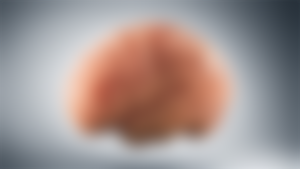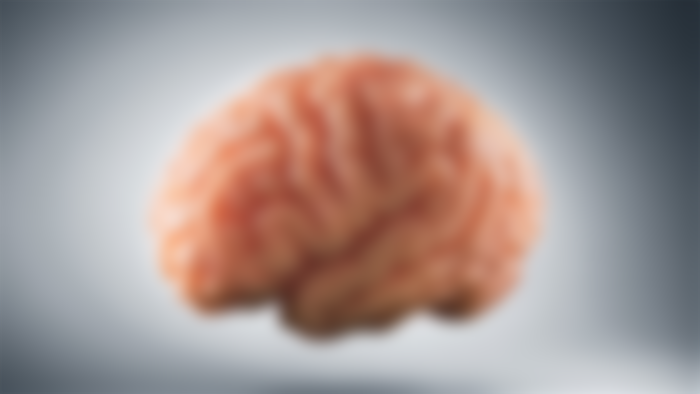
Hypothesis of Mind (ToM) alludes to the capacity to see others' psychological states. Lower ToM has frequently been related with more unfortunate utilitarian results in schizophrenia, making it a significant treatment target. Nonetheless, little is thought about the hidden neural systems related with ToM debilitations in early course schizophrenia. This examination expected to approve the False Belief assignment to quantify ToM in schizophrenia and to recognize distorted mind action related with hindrances. 36 people with early course schizophrenia and 17 controls were directed the Hinting Task and played out a utilitarian attractive reverberation imaging (fMRI) False Belief task. Between-bunch contrasts were inspected in deduced areas of interest (ROIs) known to be related with ToM assignments: average prefrontal cortex, ventral average prefrontal cortex, and both the left and right worldly parietal intersection (TPJ). We noticed a critical positive relationship between Hinting Task execution and False Belief exactness, approving the False Belief task as a proportion of ToM. Contrasted with controls, people with schizophrenia showed decreased mind actuation taking all things together four ROIs during the fMRI False Belief task. Moreover, task-related initiations in two-sided TPJs were demonstrated to be decidedly connected with ToM capacities paying little mind to finding. People with schizophrenia with lower execution on the False Belief task showed huge decreases in task-related actuation in the two-sided TPJ contrasted with controls, while decreases were not critical for those with better. Our discoveries recommend that lower neural movement in the two-sided TPJ are related with ToM weaknesses saw in people with early course schizophrenia.
References
PubMed
